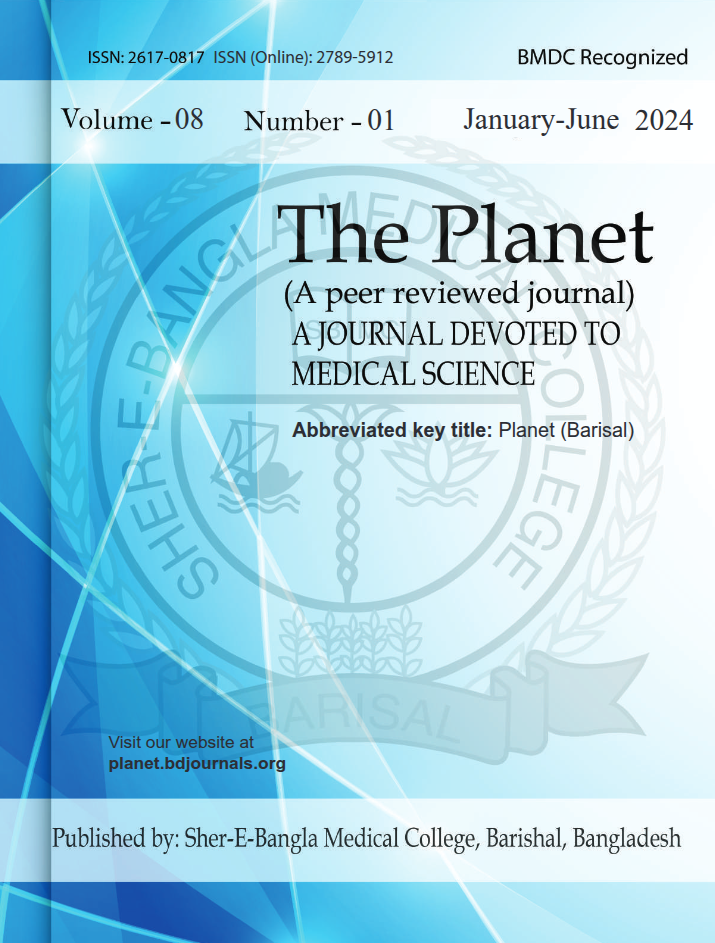Abstract
Five years after the Covid-19 pandemic, a recent surge in cases of the flu-like human metapneumovirus (HMPV) in China has raised fears of another Covid-style pandemic. According to reports and social media posts, hospitals are overcrowded with infected individuals and crematories are overwhelmed. There are even claims that China has declared a state of emergency, however, there's no official confirmation. HMPV is one of the viruses that cause the common cold (upper respiratory infection) like adenovirus, rhinovirus and respiratory syncytial virus (RSV). The virus belongs to the Pneumoviridae family of viruses, along with respiratory syncytial virus (RSV). Human metapneumovirus (HMPV) was first discovered in 2001 in the Netherlands by Bernadette G. van den Hoogen and her colleagues [1-4]. HMPV spreads through direct contact between people, or by contact with contaminated secretions, via droplet, aerosol, or fomite [5]. The estimated incubation period is three to six days and the duration depends on the severity of the infection. HMPV is more common in winter and early spring. The very young children under two are most vulnerable to the virus. Young children, older adults and immunocompromised patients are at a higher risk of developing severe illness due to HMPV. The virus leads to a mild upper respiratory tract infection for most people; sometimes HMPV can cause severe illness that might require hospitalisation. It is usually almost indistinguishable from flu. Symptoms for most people include cough, fever, nasal congestion and sore throat. Currently, there is no specific antiviral therapy or vaccine to prevent HMPV[6]. Preventive measures include wearing a mask in crowded places, avoiding crowds where possible, washing hands regularly and disposing of tissues securely. The Chinese Center for Disease Control and Prevention published data showing that respiratory infections had risen significantly in the week of 16 to 22 December 2024[7]; human metapneumovirus was linked to 6.2 percent of positive respiratory illness tests and 5.4 percent of respiratory-illness hospitalizations in China, more than COVID-19, rhinovirus, or adenovirus[8]. This is simply the seasonal increase in HMPV typically seen in winter. Fears of a Covid-style pandemic are overblown, because such events are typically caused by new viruses, which is not the case with HMPV. HMPV is already globally present and has been around for decades. This means people across the world have some degree of existing immunity due to previous exposure. Almost every child will have at least one infection with HMPV by their fifth birthday and we can expect to go onto to have multiple reinfections throughout life. Currently there is no sign of a more serious global issue.

This work is licensed under a Creative Commons Attribution 4.0 International License.
Copyright (c) 2024 The Planet


 PDF
PDF